Hi! I’m Amar from amarguitar.com. In this video, I’ll share with you my transcription and recreation of Trey Anastasio’s beautiful solo from the 8-17-1997 Bathtub Gin from the Great Went.
Stick around after the performance and you’ll learn the foundational essence of what makes this solo so good.
Why The Went Gin?
As many of you know, on this channel, I make tutorial videos based on what you guys request, and I’ve received quite a few requests to break down the Went Gin solo.
Here’s one email that really sums up why I transcribed this performance:
Hey Amar, love the site keep up the amazing work dude. Could you tab out the really epic part of the Went Gin that happens around 11 minutes in? Trey plays these phrases that are so pretty and they sound really simple. I’ve only been playing seriously for a few years but even I feel like I could learn how to play a lot of that solo.
– Greg
I couldn’t agree with you more, Greg.
There are so few Trey solos that are both epic and friendly enough for beginners to wrap their hands around, and the Went Gin is one of them.
I really want to encourage each and every one of you to learn how to play this solo note for note because it will make you a better guitar player, as well as deepen your technique and melodic and rhythmic sensibilities.
With that in mind, I’ve tried to make learning this solo as easy and fun as possible.
Goals
Now before we start talking about the mechanics of Trey’s technique and the music theory behind this solo, let’s just remind ourselves that the very purpose of a good solo or a good jam, is to create an unforgettable emotional journey for the listener.
If you don’t feel inspired about what you’re playing, it makes it way harder to inspire the audience and your fellow bandmates.
And that’s the main goal with learning this solo, or pretty much any solo on this channel.
We want to absorb and integrate these inspired improvisational performances, to learn how to use these techniques in our own playing, and to learn some music theory along the way.
With that said, grab your guitar and let’s dive in!
A Look at the Harmonic Backdrop
As I mentioned in the Went Gin Anatomy of a Jam episode, the harmony of this jam is based on a repeating four bar chord progression that was conceived by Mike, and then further developed by Page – we have two bars of C, one bar of Am, and one bar of F.
This chord progression is in the key of C. Just like we have a ONE FOUR FIVE progression in C, which is C-F-G, here we have a ONE SIX FOUR progression, which is C, Am, F.

Because all of these chords are within the key of C, we can just use the parent major scale, C major scale over the progression to solo over the whole thing.
And for pretty much this whole solo, that’s exactly what Trey does.
He switches back and forth between playing single notes out of the C major scale and the C major pentatonic, over all three chords. You can use these scales interchangeably in most scenarios.
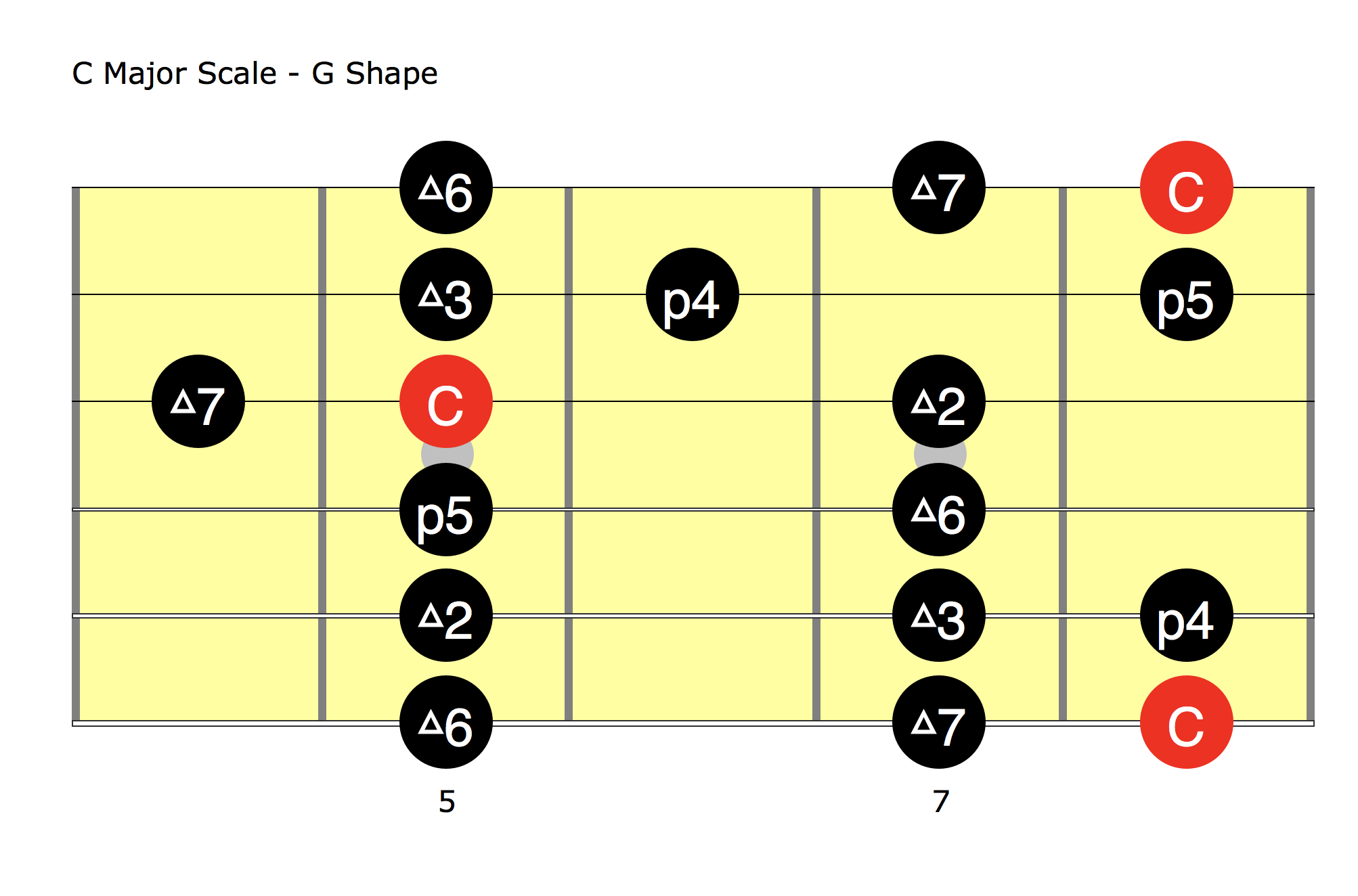
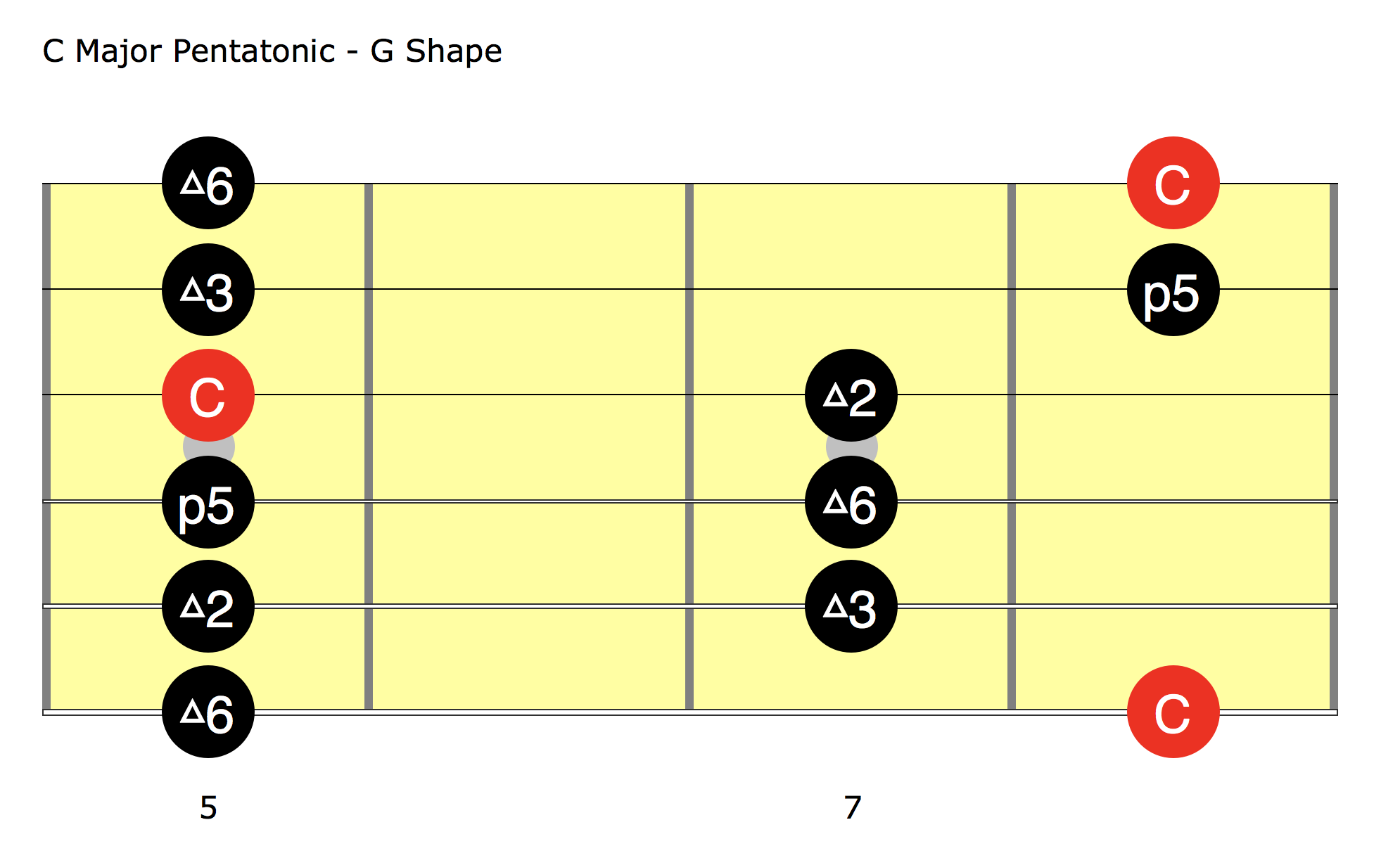
It all comes down to Rhythm & Chord Tones
But, there are two ideas that make this solo so beautiful and timeless.
First, is his use of rhythm, and second, his use of chord tones.
A chord tone is just a note that exists within a certain chord.
Let’s check out our first four bars

Over the first bar of the C chord, he’s playing the C major arpeggio in the A shape.
We can see focusing on the root and fifth. The root and fifth are very stable chord tones, and give us this really grounded feeling.
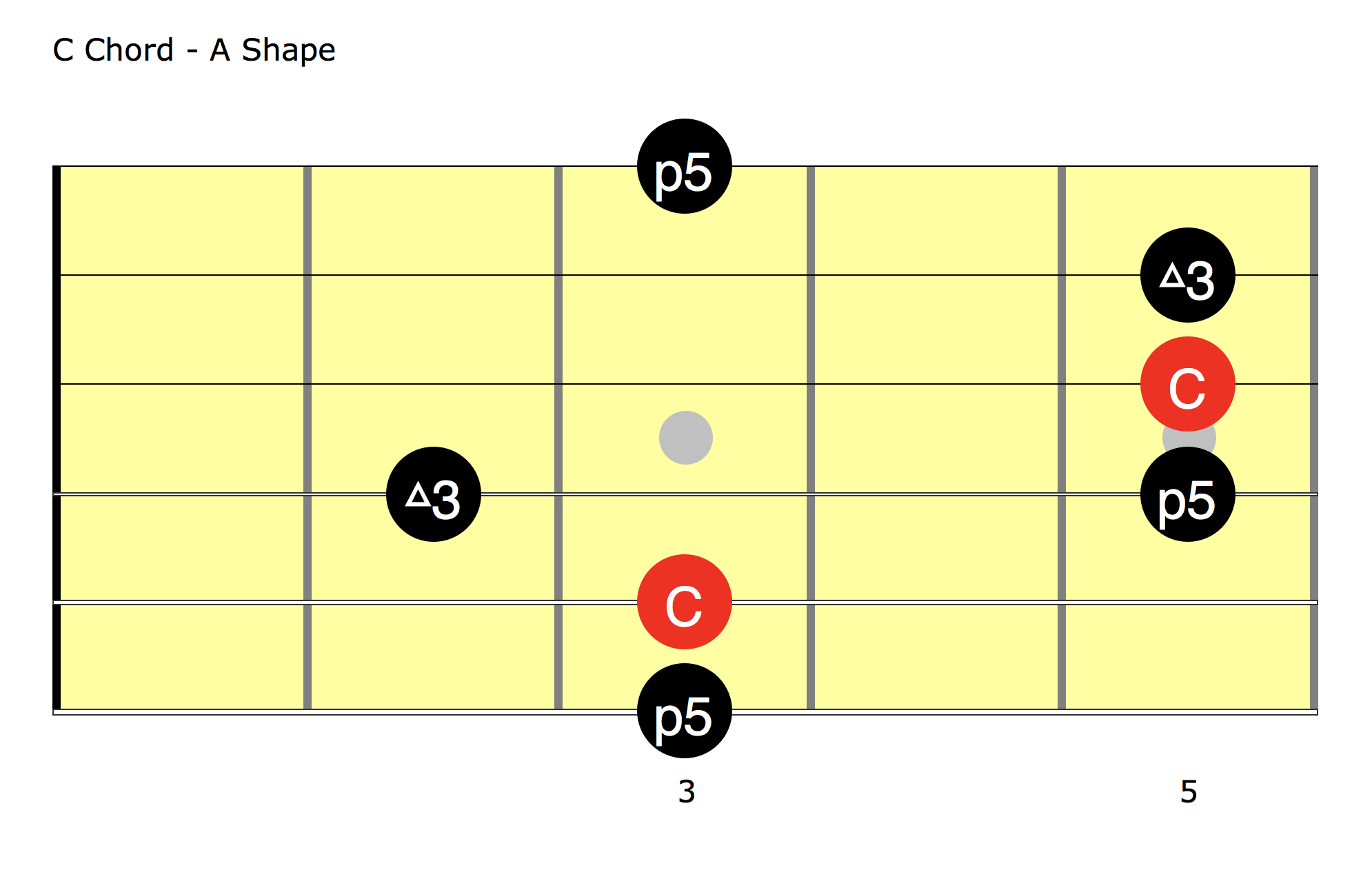

He combines that with a rhythmic approach that comes up in pretty much every Trey solo – playing like a drummer.
Just listen to the rhythm that he chooses for the first bar and a half.
It’s almost identical to a classic rock beat on a drum set, which is why it sounds so good.
He’s thinking and playing like a drummer for this part of the riff.
The rhythm also happens to be quite similar the opening rhythm of the Reba octave riff.
Sliding Into Other Positions

In the second bar , he slides up from the A shape of the C chord, into C Major pentatonic in the G Shape.
You might notice that the C major pentatonic scale has the same notes as the A minor pentatonic, and that’s because A minor is the relative minor of C major.

In bar 3, we’ve got our A minor chord. The notes that Trey is playing are very strong, stable notes over an A minor chord, and even though this is an improvised solo, he’s selecting these notes in the moment, because of the way they sound over the chords that page and mike are playing.
So over the Am chord, we have the notes note C, which is the minor 3rd of A minor, and then A, which is the root of Am.
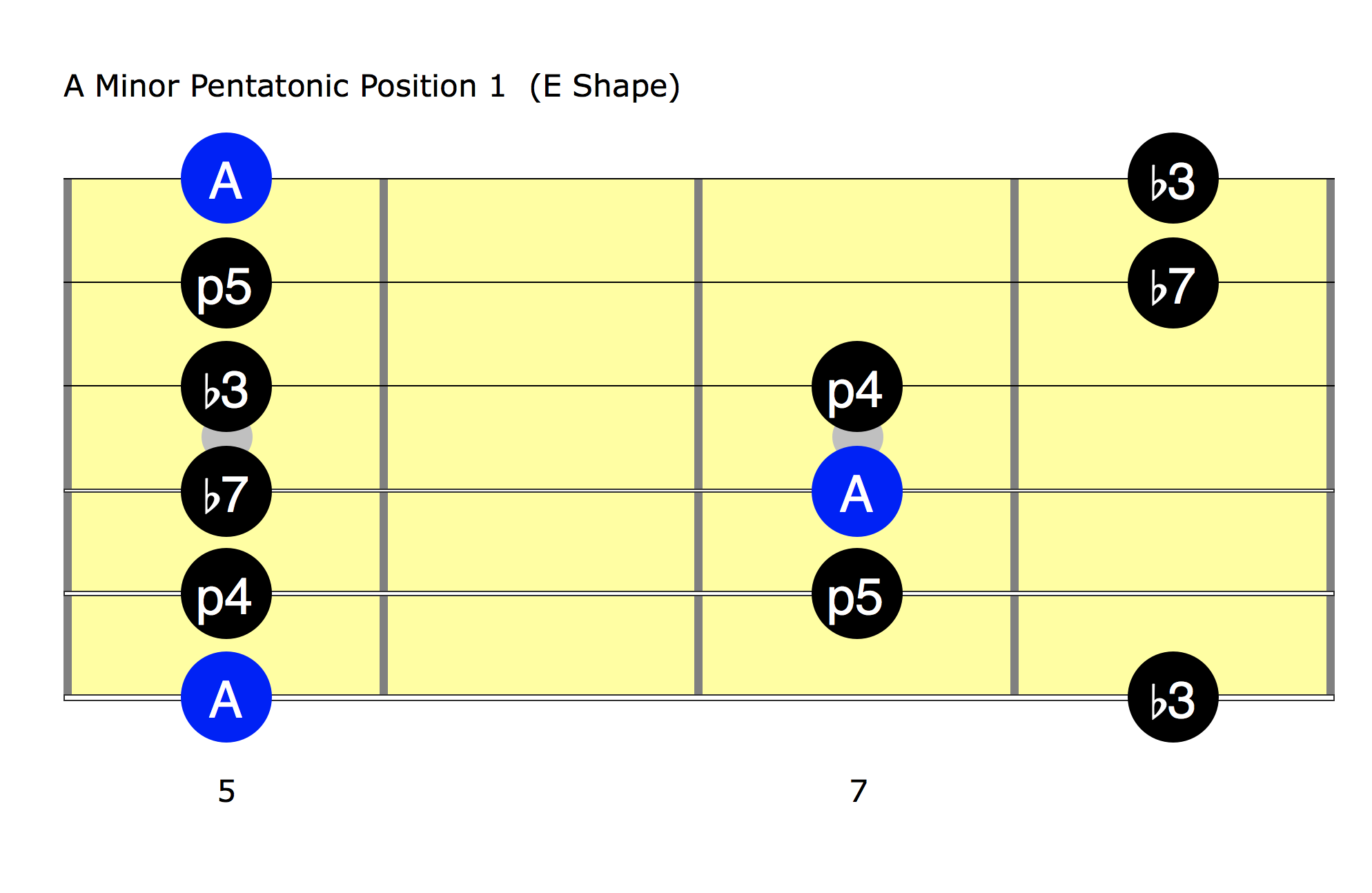
Let’s look at Am in the position we’re in, which is the E position, (this is also known as a minor barre chord).
Rhythmically, Trey is playing chord tones, on the down beats (beats 1, 2, 3, and 4), which gives us a very stable sound.
We see that the third of the chord happens on each down beat.
Playing over the Barline
But we see that he holds a note going from bar 3 to bar 4. This is a technique called playing over the barline, because we’re literally, holding a note over the barline. This approach creates tension and anticipation, and we can see that this adds contrast compared to the rest of this lick.
Over the rest of the F Chord in Bar 4, Trey is still using notes right out of the C major pentatonic scale.
Page and Mike are playing an F chord, and then Trey focuses on the major 7th major 7th of F, which is the note E.
Over the F Chord, this spells out an Fmaj7 chord.
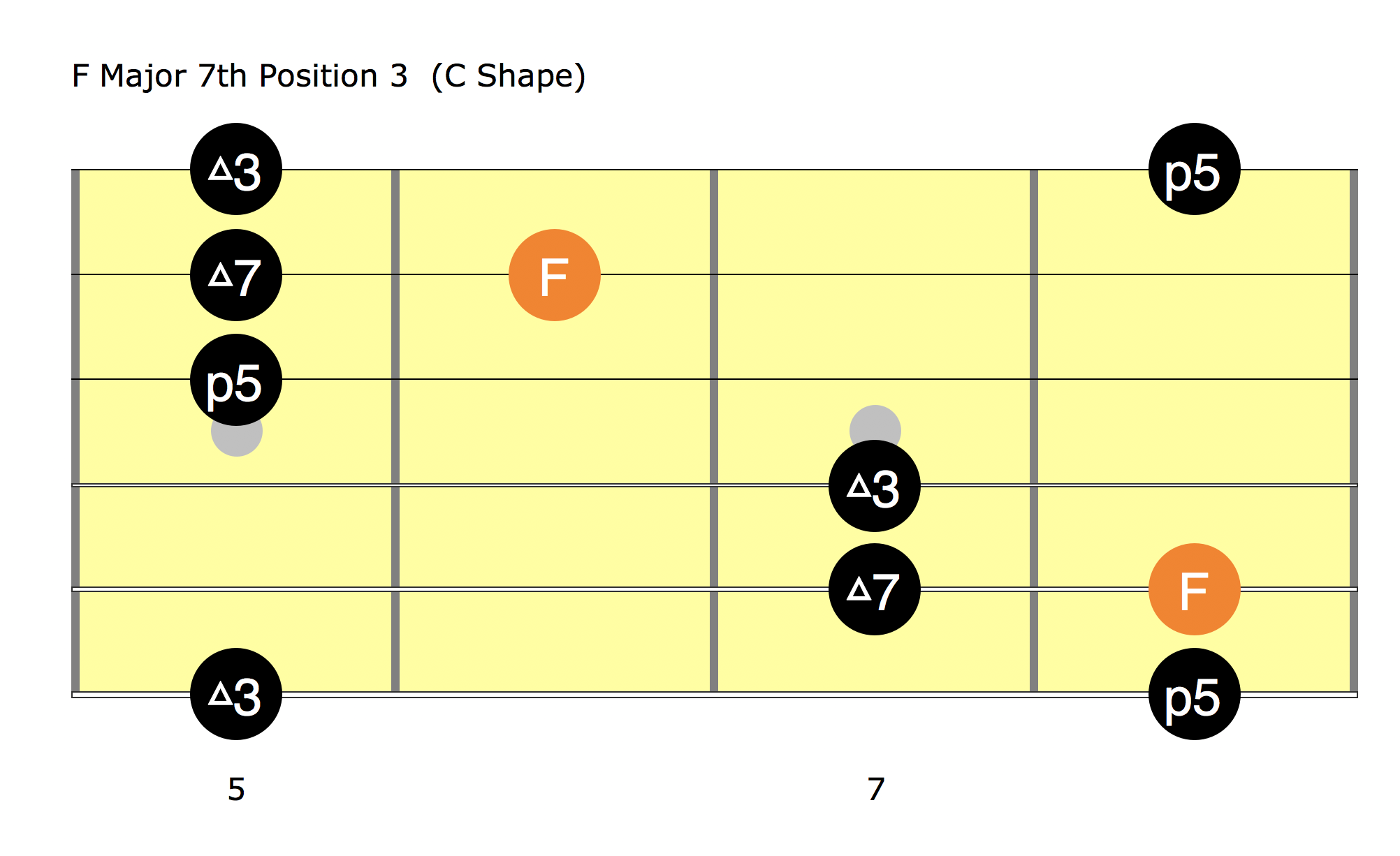
He also syncopates and slides up on that E note in the fourth bar, giving it an extra rhythmic emphasis. Syncopate is the verb of syncopation, and that brings us to our first takeway:
Syncopation
I absolutely love the Wikipedia definition of this term:
In music, syncopation involves a variety of rhythms which are in some way unexpected which make part or all of a tune or piece of music off-beat. More simply, syncopation is a general term for “a disturbance or interruption of the regular flow of rhythm”: a “placement of rhythmic stresses or accents where they wouldn’t normally occur.”[1]
We can see that Trey uses syncopation in bars 3 and 4 , which provides an exciting contrast to the more straight laced, solid rhythm that he provided in bars 1 and 2, where he is focusing on the downbeats of every chord.
With that, we have the nucleus of the entire jam. We can look at bars 1-4 as the central theme for the beginning of this jam.
In the next part of this series, we’ll see how Trey uses Theme and Variation as an improvisation tool to build and develop this jam, as we breakdown bars 5-28 of this solo!
Full PDF of Trey Anastasio’s Guitar Part for Bathtub Gin
- Desktop users: hover over the page with your mouse to reveal the up/down buttons
- Scroll below if you want the PDF sent directly to your email inbox



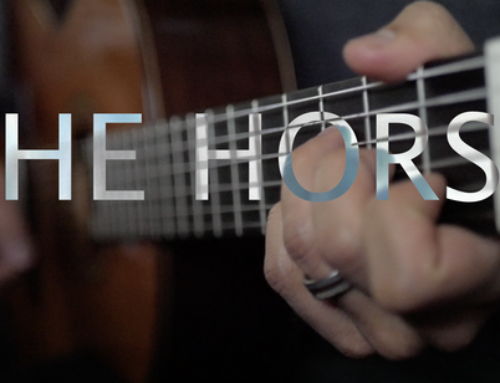

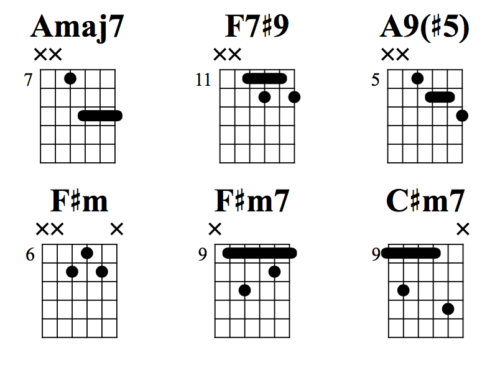

Leave A Comment